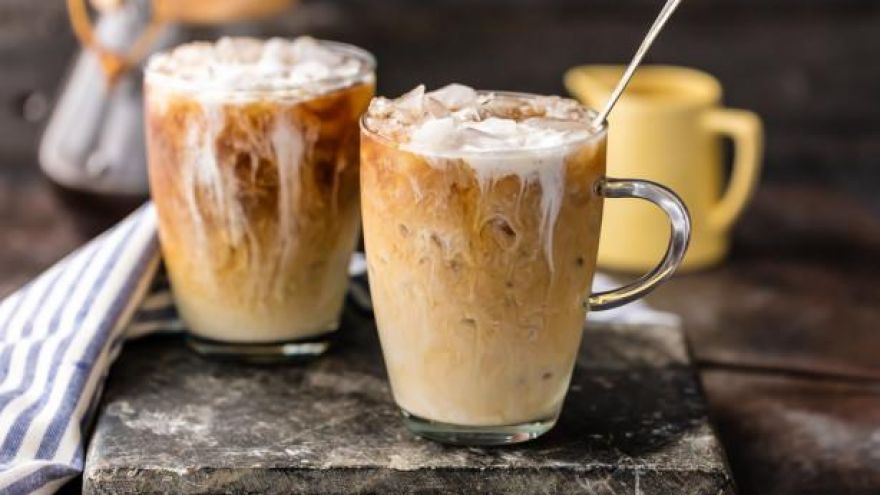You will find two main species of espresso: Arabica and Robusta. Just the most effective hundreds of Arabica espresso is sufficient to be looked at specialty. These beans are grown at large altitudes (2,000-6,000 feet) near the equator in a variety of countries. The farmers that develop specialty grade coffee do whatsoever they are able to to ensure they grow an ideal bean; sets from land to the micro-climate of the place influences the merchandise and its flavor. Farms that niche coffee originates from are generally little household farms that take pride within their beans production.

The espresso cherries are hand-picked when they reach their ripest point, and the cherries are hand-sorted, the beans taken off the cherries, and the beans dried. The beans are then sent to a roaster, who roasts them cautiously, getting small taste variations to the beans relying how extended they are roasted. The coffee is then manufactured and distributed in their final kind as “niche coffee.”
To get the desirable label of “specialty,” the espresso is graded before it is roasting, although it continues to be in the green coffee bean stage. The requirements for specialty coffee japanese café are decided by the Niche Coffee Association of America (SCAA), and the espresso is initiated in a strictly controlled fashion to be reviewed for defects (such as damaged beans, bad beans, husks provide, or pods present). Number main flaws are allowed per test of niche coffee, and only five or less subprimary flaws are allowed.
The beans are then roasting, and the coffee is “cupped” (or organized in cups to permit graders to smell and style the espresso in a controlled setting to bring out taste nuances). The entire grading method establishes whether beans are specialty grade or perhaps a lower rank (lower degrees are advanced, exchange, below typical, or off grade). Because of the strict grading allowances and the slim development weather demands, niche coffee is known as the “most useful of the greatest” coffee.
His roasting exploits popular and his capability to commentate, toast and put out shoots simultaneously are famous. His experiences while living in Indonesia had provided him an affinity with farmers who grew espresso, along with a thorough understanding of the origin, where espresso was grown. That background, combined with his love of roasting, triggered a spot wherever espresso was not really a cup of Java, but anything spectacular, living and with a story.
Historically the niche espresso industry has been developed on the solid base of sharing knowledge and experience- with the supposition that by supporting one another the industry will soon be strongly quality focused. But numerous the more recent arrivals in the market are perhaps choosing espresso for the perceived simple profits, rather than for an actual passion for coffee or its heritage. Consequently lots of the standard types of exchange aren’t as efficient, or applied as frequently because they have been in the past.
The newest areas are also very suggestible to western branding- oftentimes the strength of branding has been demonstrated to be much more important compared to the solution itself. This gifts a number of opportunities to strong european models and of course new regional manufacturers to emerge. But it does not necessarily equal long-term longevity of specialty coffee in these new frontiers.
The role the specialty coffee market plays in all that is very important. Retail stores that source and present only the very best espresso help sustain a equally upstream and downstream. This means the farmers and individuals is going to be rewarded and the consumers will have access to quality coffee, preferably growing the business further.
